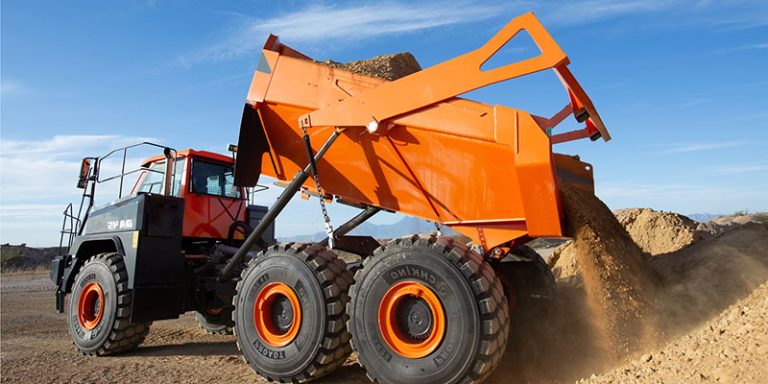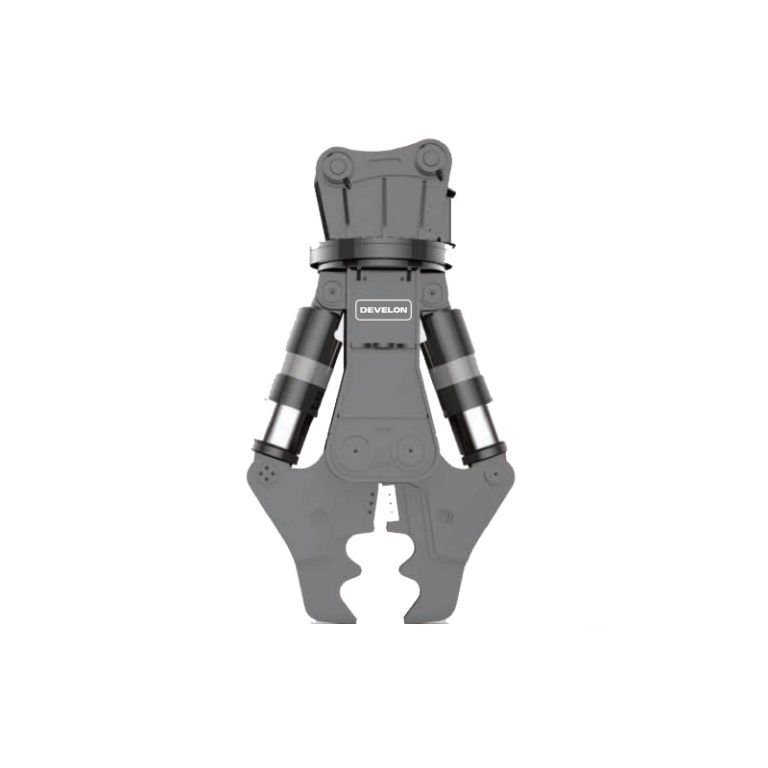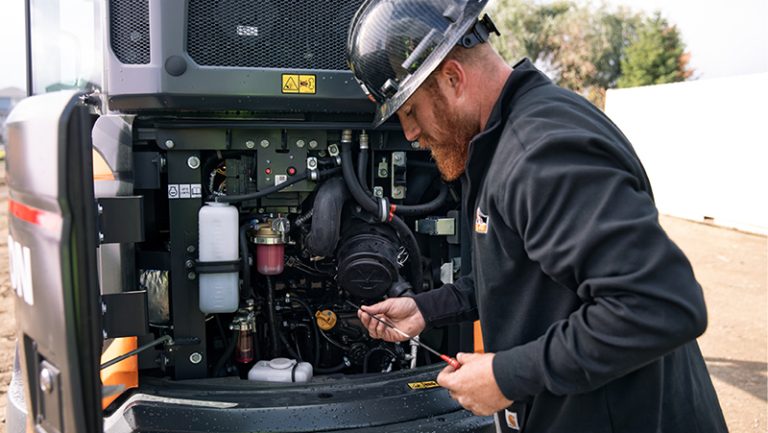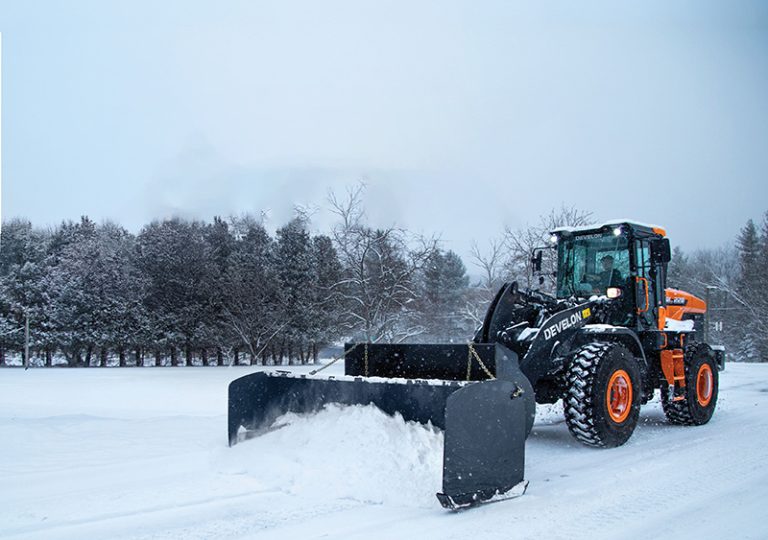Machine Stable specializes in complete excavators, loaders and their attachments.

The Field-Proven Guide to Large Excavators for Construction and Mining
The Ultimate Guide to Large Excavators: From Selection to Maintenance
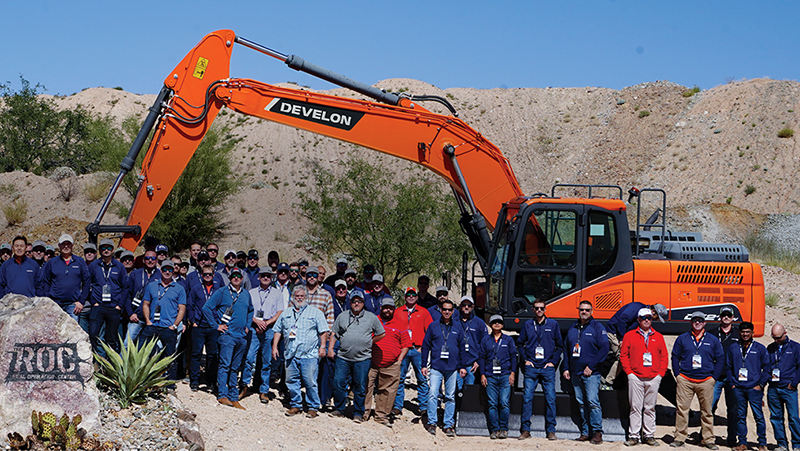
Table of Contents
- Introduction
- Choosing the Right Excavator: More Than Model and Price
- Purchase vs. Rental
- On-Site Operation Tips: Details Matter
- Application Scenarios
- Daily Maintenance Practices
- Overseas Client Case Studies
- Frequently Asked Questions
Introduction
In early 2024, I spent three full weeks at an open-pit mine in Western Australia. The extra large excavator there could move over a thousand tons of soil and rock per hour, yet it barely had room to maneuver in the narrow mine passages. At the same time, a large mini excavator easily navigated the same space, handling edge cleanup and auxiliary tasks.
During those days, I carefully observed every movement of the operators, noted how the machines responded, and felt the effects of weather and soil conditions on operations. It became clear that choosing the right equipment, mastering operational skills, and performing routine maintenance are far more critical than merely focusing on bucket size or price.
This guide draws from my hands-on experience in Australia and Canada. From machine selection, operation tips, and application scenarios to daily maintenance and overseas client case studies, it provides practical insights for construction teams and project managers.
Choosing the Right Excavator: More Than Model and Price
In real projects, wrong choices are common. Machines that are too large struggle in tight spaces, while those too small can’t handle the workload.
For example, in a Canadian highway expansion project, the team initially planned to use a large hydraulic excavator for earthworks. However, some curves were too narrow for smooth operation. Renting a large mini excavator solved the problem efficiently, saving half a day of work.
Mining or large-scale earthworks
Use large mining excavators or extra large excavators. They offer high bucket capacity and strong power, suitable for continuous, high-intensity operations.
Urban or confined sites
Small large mini excavators are flexible, precise, and reduce the risk of collisions.
When selecting a machine, consider soil volume, project duration, terrain, and operator skill. In practice, a small test run often provides more insight than manuals or specifications.
Purchase vs. Rental
Large excavators are expensive. Renting (rent large excavator) is common for short-term projects but carries certain risks.
At a short-term mining site in Australia, rented machines initially ran smoothly but soon encountered minor issues that delayed the schedule. The project manager then bought a second-hand used large excavators. Although the initial cost was higher, the equipment ran reliably and reduced long-term maintenance expenses.
Key takeaways
- Short-term projects (1–6 months): Renting is cost-effective, but check machine condition and maintenance coverage.
- Long-term projects (over 1 year or high-frequency use): Buying new or second-hand equipment is more economical over time.
On-Site Operation Tips: Details Matter
From field experience, minor operational details can greatly affect efficiency and equipment longevity:
Pre-Operation Checks
- Ensure hydraulic oil, engine oil, and fuel are sufficient.
- Clear mud from tracks, especially during rainy periods, to prevent jamming.
- Story: A novice operator once skipped track cleaning and the machine got stuck, delaying work by almost half an hour.
Plan the Work Path
- Avoid sharp turns and frequent reversing to protect tracks and structural components.
- On the Canadian highway site, a minor route adjustment prevented two large hydraulic excavators from colliding.
Strict Load Control
- Operate within rated capacity to avoid hydraulic system overload.
- In an Australian mine, an overload event caused hydraulic oil to heat up. Timely adjustment prevented costly repairs.
Match Attachments to Tasks
- Use large bucket excavators for bulk earthworks and large mini excavators for narrow passages.
- Flexible smaller machines are often more efficient in tight mine corridors.
Training and Safety
- Regularly train operators on equipment performance and hydraulic controls.
- Experienced operators can detect risks early, such as track wear or bucket tooth damage.
Application Scenarios
Large excavators suit a wide range of projects:
- Mining: large mining excavators + large dragline excavators handle main earthworks efficiently.
- Road Construction: large hydraulic excavators adapt to hills and flat terrain, collaborating with other machines to complete groundwork.
- Energy Projects: Wind farms, hydroelectric dams, and coal mining projects rely on large bucket wheel excavators to move large volumes of soil quickly.
- Flexible Rental Use: Short-term projects benefit from rent large excavator, saving costs while ensuring maintenance coverage.
Example: On a Canadian highway expansion, daily inspections and a small maintenance team allowed large hydraulic excavators and large bucket excavators to complete earthworks two weeks early and reduce maintenance costs by roughly 10%.
Daily Maintenance Practices
Hydraulic System
- Keep oil clean and replace filters regularly.
- Inspect hoses and valves weekly for leaks and pressure stability.
Tracks and Attachments
- Remove mud and debris to prevent corrosion or jamming.
- Replace worn bucket teeth, buckets, or breakers as needed.
Engine Care
- Follow oil and filter replacement schedules, clean radiators.
- Avoid high RPM on cold starts.
Maintenance Records
- Document every service, repair, and cost to track equipment over time.
- In Australia, records posted on-site allowed operators to check anytime, reducing missed inspections.

Overseas Client Case Studies
Case 1: Australian Mine
- Equipment: extra large excavator + large dragline excavators
- Optimized dig-and-transport workflow increased earthmoving efficiency by 30% and reduced monthly failure rates by 20%.
- Narrow passages handled with rented large mini excavators for auxiliary work.
Case 2: Canadian Road Project
- Equipment: large hydraulic excavator + large bucket excavator
- Operator training and routine maintenance allowed early completion and 12% cost reduction.
- Detailed planning and on-site adjustments minimized unplanned downtime.
Frequently Asked Questions
Q1: How is rental pricing determined?
- Influenced by model, capacity, and rental duration. Short-term rentals are charged daily/monthly; long-term agreements may negotiate discounts.
Q2: Difference between large and small excavators?
- Large machines: powerful, large bucket capacity, suitable for mines and large earthworks.
- Small machines: flexible, suitable for urban or confined spaces.
Q3: How to extend excavator lifespan?
- Follow proper operation, maintain regularly, replace worn parts, keep idle machines clean and rust-free.
Q4: Rent or buy?
Long-term high-frequency projects: buy new or used large excavators for better cost efficiency.
Short-term projects: rent large excavator.


